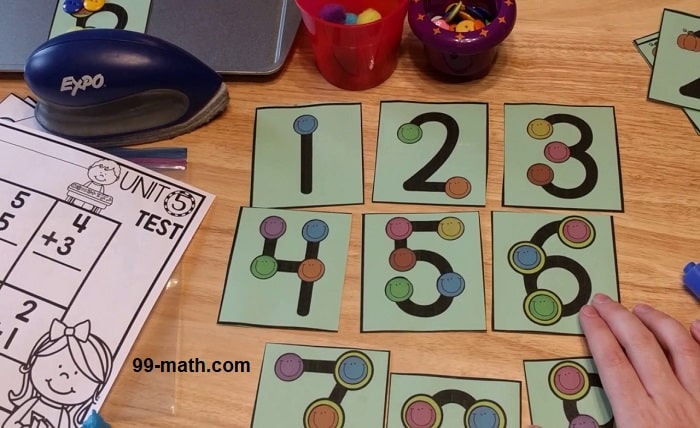Making Math Magical: A Guide to Touch Math for Parents and Educators

Understanding Touch Math: A Multisensory Approach to Math
Touch Math is a research-based instructional program designed to help students develop a strong foundation in math. It utilizes a multisensory approach, incorporating physical movement and touch to represent mathematical concepts. This can be particularly beneficial for learners who struggle with traditional methods.
Read more about: contexto hint
Benefits of Touch Math: Making Numbers Tangible
Touch Math offers a variety of advantages for learners of all ages:
- Improved Number Sense: By associating numerals with physical touch points, students gain a deeper understanding of quantity and value.
- Enhanced Memory and Recall: The kinesthetic learning component strengthens memory and reinforces mathematical concepts.
- Increased Confidence: Touch Math can empower students who struggle with traditional methods, fostering a more positive attitude towards math.
- Reduced Math Anxiety: The tactile and visual cues can make math less intimidating and more approachable.
- Personalized Learning: Touch Math can be adapted to meet the individual needs of each learner.
Touch Math in Action: Strategies for the Classroom and Home
Here are some strategies to incorporate Touch Math into your teaching or home learning environment:
- Utilize Touch Points: Use manipulatives like counters, blocks, or even your fingers to represent numerals.
- Counting with Touch: Physically touch each point as you count, associating the quantity with the numeral.
- Visual Aids: Employ number lines or visual representations of Touch Points to reinforce understanding.
- Incorporate Movement: Integrate simple actions like tapping or jumping to represent addition or subtraction.
- Start Simple: Begin with basic counting and gradually introduce more complex concepts.
Touch Math Resources: Equipping Yourself for Success
Several resources are available to support your Touch Math journey:
- Touch Math website: The official website provides in-depth information, training resources, and materials.
- Teacher guides and workbooks: Comprehensive guides offer lesson plans, activities, and strategies for educators.
- Touch Math apps: Interactive apps can provide engaging practice opportunities for students.
- Workshops and training programs: Consider professional development opportunities to deepen your understanding of Touch Math.
Beyond Touch Math: Exploring Additional Learning Techniques
While Touch Math is a valuable tool, it’s important to integrate it with other instructional methods:
- Manipulatives: Utilize physical objects like blocks or counters to represent concepts visually.
- Math Games: Educational games can make learning fun and engaging.
- Real-World Applications: Connect math concepts to everyday situations to enhance understanding.
- Positive Reinforcement: Celebrate accomplishments and encourage effort.
Conclusion
Touch Math offers a unique and effective way to approach math learning. By incorporating multisensory techniques and fostering a positive learning environment, you can help students develop a strong foundation in math and unlock their full potential. So, embrace the magic of touch and empower your learners to succeed!
audioalter offers a range of free online audio tools to enhance, modify, and convert sound files. Easily adjust pitch, speed, add effects, and more for professional-quality audio editing.
FAQs
- Who can benefit from Touch Math? Touch Math can be helpful for students of all ages who struggle with traditional math instruction.
- How do I get started with Touch Math? Explore the Touch Math website, consider attending a workshop, and consult with your child’s teacher for guidance.
- Can I use Touch Math at home? Absolutely! Utilize manipulatives, counting activities, and simple Touch Math strategies to support learning at home.
- Are there alternatives to Touch Math? Yes, various math manipulatives and multisensory learning techniques can be beneficial.
- How do I know if Touch Math is right for my child? Speak with your child’s teacher to assess their individual needs and learning style.




